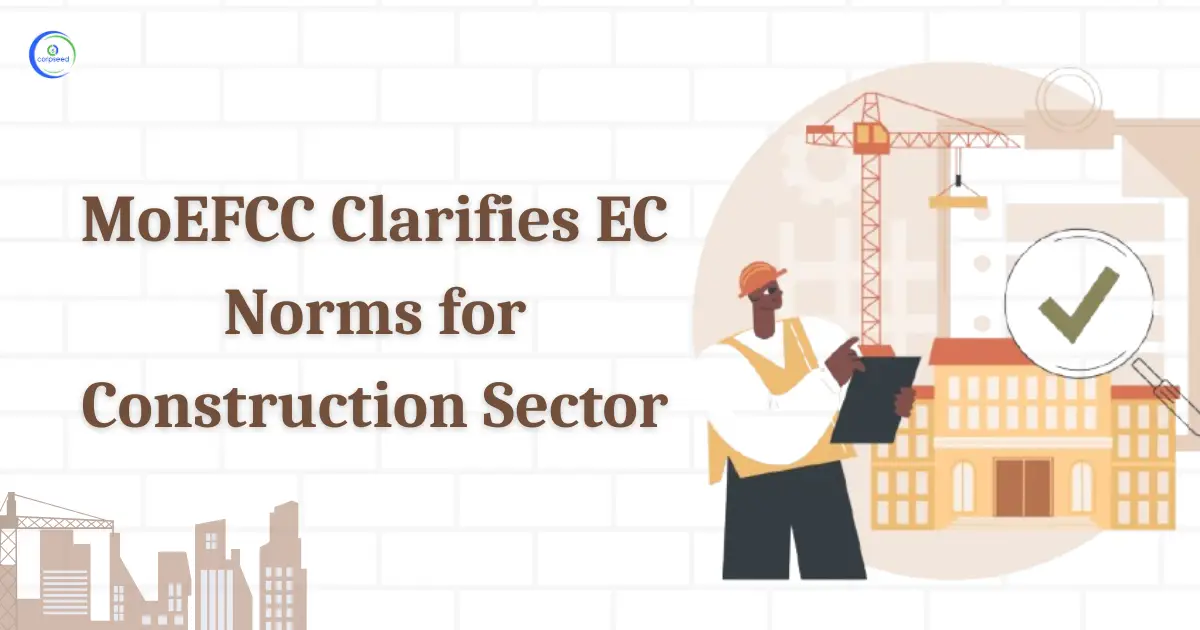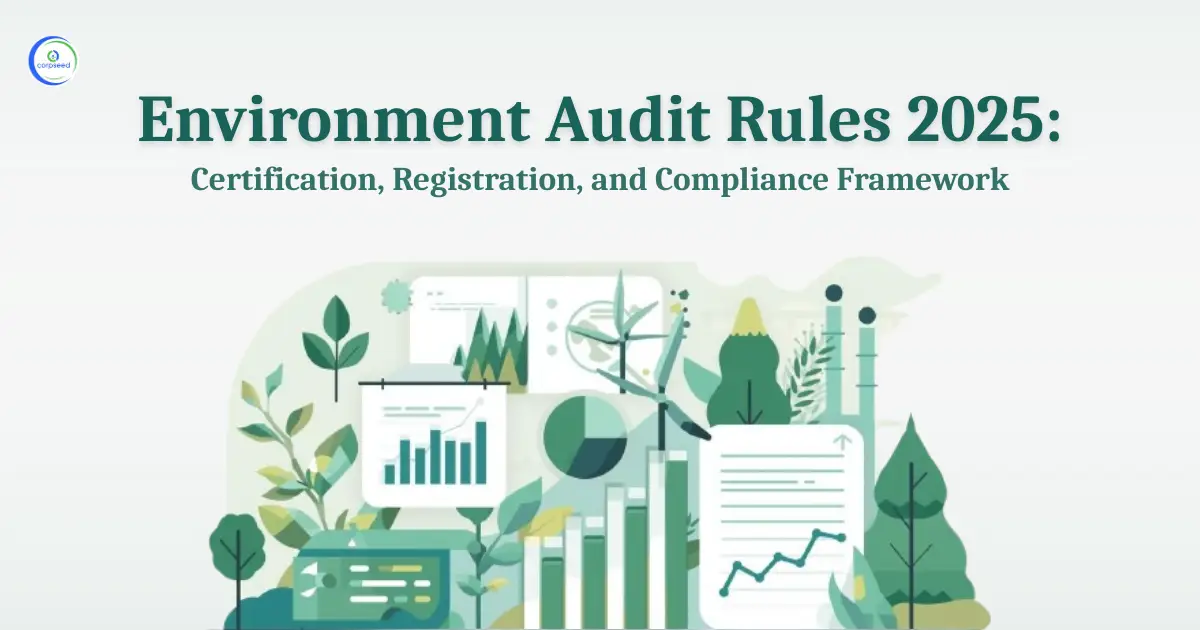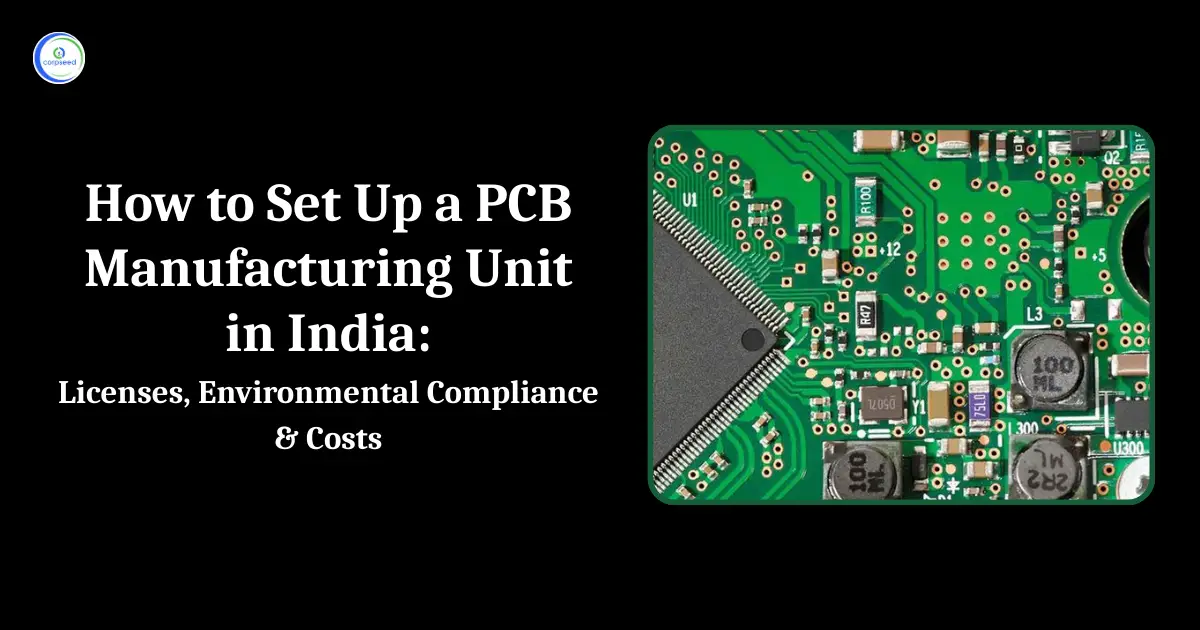Urban and industrial development poses big environmental problems. E IAs are therefore considered to be important in a decision-making process. It helps identify those activities that may go on without harming the environment.
EIAs have nothing to do with mere compliance of the law. They also try to develop aspects that promote sustainable development, while conserving natural resources.
An EIA explains what it is and how it works. It outlines the benefits and challenges. Providing clear insights, EIAs support sustainable growth, helping communities thrive safely.
What is an Environmental Impact Assessment?
An Environmental Impact Assessment involves a close review of the implications of a project proposal to the environment. It involves ecological, social, and economic impacts. Generally, the EIA takes place early on, even before a project begins its operations.
This will help the decision-makers understand some of the potential problems. The objective of this is to reduce adverse effects. Through impact assessment, an EIA facilitates better planning and a safer environment for outcomes.
Table of Contents
--------------Blog Contact Form-------------
Key Components of an EIA
- Screening: This identifies whether the project needs EIA or not by dint of the potential impacts on the environment.
- Scoping: This identifies the main impacts and issues that need consideration here.
- Impact Assessment: This deals directly with assessment as far as direct, indirect, and cumulative impacts of the project are concerned.
- Mitigation Measures: This indicates how to avoid or mitigate negative impacts.
- Public Participation: The public and stakeholders are involved in the assessment process.
- Reporting: This presents the findings and recommendations from the EIA.
- Final decision-making: This is an analysis performed by the EIA before project approval and planning.
Importance of Environmental Impact Assessments (EIA)
- Facilitating Sustainable Development
EIAs facilitate sustainable development in the sense that projects encompass environmental considerations. This makes developers embrace sustainable activities soon enough. For example, they can reduce resource exploitation, conserve biodiversity, and prevent pollution.
- Natural Resource Preservation
Human activities can undo these resources. EIAs conserve the natural resources by assessing the impacts of such activities on land, water, air, and biological diversity; this leads to informed decision-making that protects fresh air, water, and living spaces.
- Citizen Participation and Increased Representation
Public involvement forms a significant component of EIAs. Stakeholders and the public are involved in the process. Such involvement fosters trust between the developers and the public. Better results in a project result from community involvement, especially concerning local issues.
- Environmental Risk Management
EIAs detect environmental risks and impacts early. Thereby, developers are able to take measures to mitigate them. Designs of the projects may be redone or management plans put in place to avoid problems later, saving time and money.
- Compliance with Regulation
Many countries require certain projects to undergo EIAs through legislations. Non-compliance with the law may lead to litigation, fines, and project cancellation. Projects are then guaranteed to meet the standards of national and international environmental consent.
- Facilitate Responsible Decisions
EIAs provide scientifically informed knowledge that should guide sound decision-making. The concern of responsible decisions addresses a sustainable element.
- Strengthened Environmental Governance
Environmental governance refers to policies, norms, and processes for environmental management. EIAs are hence central to this governance focused on responsibility and accountability. The government can implement the protection of the environment by forcing an EIA in certain cases.
- Facilitating Economic Viability
Long-term economic viability can be promoted by EIAs at the benefit of the economy. EIAs help spot problems early before major, expensive fixes are needed. There is likely cost savings, increased efficiency, and marketability through the practice of sustainability.
Read Our Blog: Importance of Environmental Impact Assessment In India
Process of Environment Impact Assessment (EIA)
Step 1: Screening
It is the first step to determine whether an assessment is needed. It determines if the project will influence the environment and if it complies with the rules in that particular area. A full EIA is typically required for large projects, while small ones may require a less complex form of assessment or be exempt altogether.
Step 2: Scoping
Scoping establishes key environmental concerns. This serves to narrow the evaluation of essential factors of air quality, water quality, and habitat conditions. The Stakeholder Consultations will elicit views on issues of concern and priority.
Step 3: Impact Assessment
The stage involves in-depth potential environmental impacts of the project. The analysis involves direct, indirect, and cumulative impacts. The study provides thorough details regarding developing mitigation measures.
Step 4: Mitigation Measures
After identifying impacts, the EIA shows measures of the impacts. Possible mitigation measures might include redesigning parts of the projects or even changing practices of environmental management. Possible positive impacts could be green spaces or rehabilitation of habitats.
Step 5: Public Participation
Public participation is an integral part of the EIA process. All interested parties, including communities and environmental interest groups, will have a chance to have their say. This way, openness is ensured. A few ways public participation can be accorded include public meetings, workshops, and feedback forms.
Step 6: Reporting
After conducting the assessment, results are compiled in an EIA report. This report must be prepared with project impacts, suggested mitigations, and public comments. This report helps regulatory agencies and stakeholders make well-informed decisions.
Step 7: Decision-Making
Decisions approving the project are made based on the EIA report. The agencies involved in this project can accept, require additional studies on the project, or reject the project as an outcome. Doing so would involve weighing the environmental impacts and the socioeconomic values a project might entail.
Best Practices for Effective Environmental Impact Assessments (EIA)
- Early Involvement in Planning
Environmental considerations must be included at the early stages of planning to identify what impacts may be known to planners and stakeholders before beginning.
- Comprehensive Data Collection
Enough investment should be put into the collection of ample data. It allows precise and accurate assessments of the ecosystems, air and water quality, and socio-economic conditions.
- Relevant Involved Stakeholders
Good communication and listening define good stakeholder involvement. Reliable access to information, particularly feedback, and mechanisms can enhance the participation of the public and increase its level of trust.
- Building Capacity
Regulatory agencies, stakeholders, and developers have to be strengthened in capacity concerning EIAs. Training sessions and workshops strengthen capabilities concerning the assessment process as well as best practices.
- Continuous Monitoring and Adaptation
Monitoring after the project, which assesses the effectiveness of measures taken in the mitigation process. Adaptive management will allow adjustments based on ongoing data and conditions.
Conclusion
Environmental Impact Assessments (EIAs) are vital for promoting sustainable development. They protect natural resources and engage with communities. EIAs systematically analyze the potential impacts of proposed projects. This ensures that development is responsible and supports sustainability.
However, challenges exist in the EIA process. Best practices can make EIAs more effective and transparent. Early integration, thorough data collection, meaningful stakeholder engagement, and ongoing monitoring can enhance their impact.
As we adapt to changes, EIAs will become even more important. By balancing development with environmental care, we can create a safe and prosperous future for generations to come.
This portion of the site is for informational purposes only. The content is not legal advice. The statements and opinions are the expression of author, not corpseed, and have not been evaluated by corpseed for accuracy, completeness, or changes in the law.
BOOK A FREE CONSULTATION
Get help from an experienced legal adviser. Schedule your consultation at a time that works for you and it's absolutely FREE.







_Corpseed.webp)
.webp)
